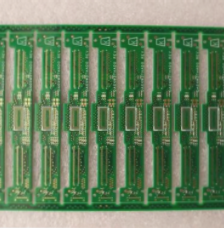PCB Electromagnetic Compatibility (EMC) and Signal Integrity Wiring Design
Printed circuit boards (PCBs) are crucial for electronic devices, with multilayer boards supporting high-density, high-speed circuits, and their design must address electromagnetic compatibility (EMC) issues, signal integrity, and the proper placement of layers, traces, and decoupling capacitors to minimize interference and optimize performance.
PCB Electromagnetic Compatibility (EMC) and Signal Integrity Wiring Design Read More »





